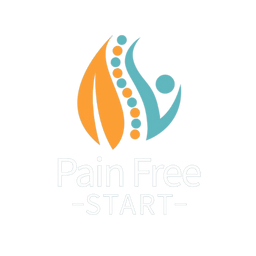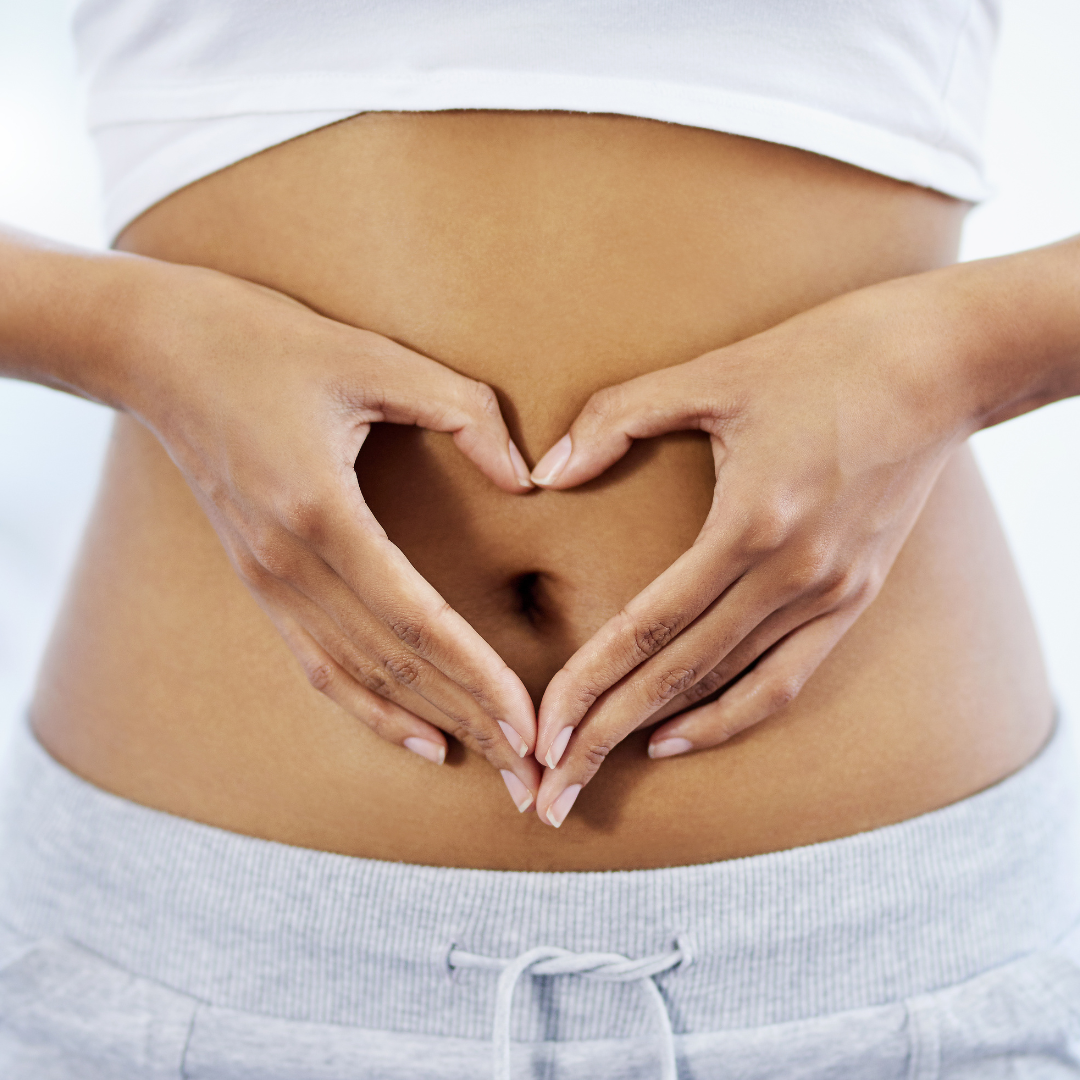Why Are We Talking About the Gut When Your Joints Hurt?
Joint pain can be incredibly frustrating — especially when it feels like it’s coming out of nowhere, or doesn’t respond well to the usual treatments. And while physiotherapy, exercise, and smart rehab are key to long-term relief… sometimes there’s more going on under the surface.
As it turns out, your gut health — specifically your microbiome — may be playing a bigger role in inflammation and pain than we once thought.
I’m a physiotherapist, not a gastroenterologist — but I’ve seen firsthand how patients struggling with persistent joint pain sometimes start feeling better after making gut-friendly changes. Here’s what the research says.
Your Microbiome: The Tiny Ecosystem That Affects Everything
Your gut microbiome is the community of trillions of bacteria, fungi, and other microbes living in your digestive tract. It helps digest food, regulate immunity, produce nutrients, and protect your gut lining.
When your microbiome is healthy and balanced (what researchers call “eubiosis”), it helps maintain a low-inflammatory state. But when it’s disrupted (“dysbiosis”), it can do the opposite — triggering systemic inflammation, weakening the gut barrier, and even playing a role in chronic diseases.
This has major implications for people with joint pain.
The Gut–Joint Inflammation Link: What We Know So Far
Research is still evolving, but here are some key findings:
1. Dysbiosis is Linked to Joint Conditions
Studies have found distinct microbiome imbalances in people with rheumatoid arthritis, psoriatic arthritis, and even osteoarthritis. These imbalances may contribute to inflammation and immune system overactivity that affects the joints.
👉 A 2021 review in Nature Reviews Rheumatology noted strong associations between gut microbiota alterations and several rheumatic diseases, suggesting the gut may influence disease onset and severity.
2. Leaky Gut and Systemic Inflammation
A compromised gut lining (often called “leaky gut” or increased intestinal permeability) may allow inflammatory molecules — like lipopolysaccharides (LPS) — to enter the bloodstream. These molecules can trigger immune responses and increase inflammation throughout the body, including the joints.
👉 Elevated LPS has been associated with joint inflammation in animal models and correlated with disease activity in human studies.
3. Weight, Inflammation, and the Gut
Dysbiosis has also been linked to obesity and metabolic syndrome, both of which increase joint load and systemic inflammation. Improving gut health may support healthy weight loss, indirectly helping joint pain too.
Learn more in this blog – The Impact of Body Weight on Joint Health: Why Every Pound Matters
Can Improving Gut Health Help Joint Pain?
We don’t have a magic probiotic that cures arthritis — but the evidence suggests that supporting a healthier gut environment may help lower inflammation, which can ease pain and improve joint health over time.
Several small studies have shown:
- Certain probiotics reduce inflammation in rheumatoid arthritis
- Diets high in fiber and prebiotics reduce markers of inflammation
- Fasting or time-restricted eating can support gut barrier integrity and microbial balance
Practical Ways to Support Gut and Joint Health
You don’t need to overhaul your entire diet — just start with small steps:
1. Add Fermented Foods
Foods like kefir, sauerkraut, kimchi, and yogurt contain beneficial microbes that can help rebalance your microbiome.
2. Eat More Fiber
Fiber feeds your good gut bacteria. Aim for a variety: vegetables, legumes, oats, flaxseeds, and fruits.
3. Try a Gentle Fast (if it suits you)
A 12–14 hour overnight fast gives your gut a break and may reduce gut permeability. I’ve found this simple shift helps me feel clearer and more balanced — and some patients with pain have felt the same.
You may find this blog helpful Intermittent Fasting and Joint Pain: Is There a Link?
4. Limit Ultra-Processed Foods
These can disrupt the microbiome and increase inflammatory markers. Focus on whole, minimally processed foods where possible.
5. Move Daily
Physical activity doesn’t just help joints — it also supports a healthy gut by encouraging microbial diversity and gut motility.
If pain or injury is stopping you from moving as you would like then I would love to help you. Learn how I can support you here.
From My Physio Perspective
I’ve spent years working with people in pain. And while I focus heavily on movement, biomechanics, and rehab, I’ve seen how people’s pain sometimes shifts when they address things like gut health, stress, and nutrition.
I’m not suggesting the gut is the cause of all joint pain — but in persistent or inflammatory cases, it may be part of the puzzle.
Biomechanics And Posture Contributing Towards Your Pain?
In my experience this is a big contributing factor in most people with pain.
Think this might be you?
Join me on my FREE Masterclass where together we assess your body, make immediate changes and join the dots between this and your pain. Interested to learn more click here – I would love to see you there.
Final Thoughts: Heal from the Inside Out
The gut-joint connection is a fascinating, fast-growing field — and it reminds us that the body is deeply interconnected. If you’ve been struggling with joint pain despite doing all the “right” things physically, it might be worth turning your attention inward.
Looking after your gut may help reduce inflammation, ease stiffness, and support better overall health — from the inside out.
Take care, Helen
Helen Manders BSc (Hons) MCSP HCPC
Chartered Physiotherapist Since 2001




